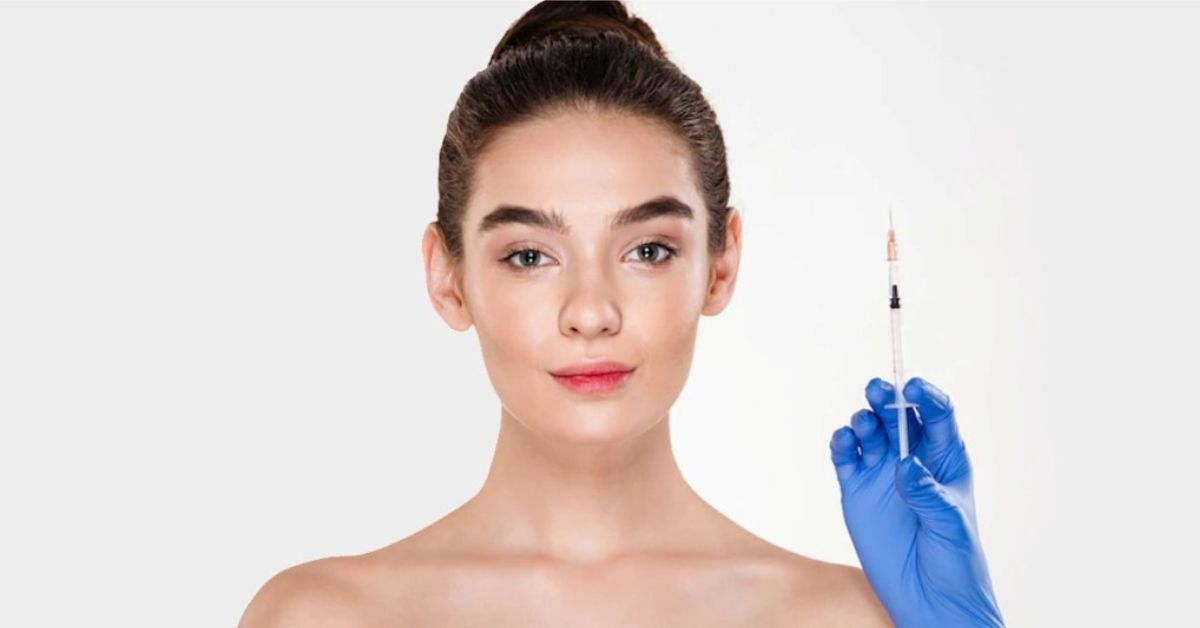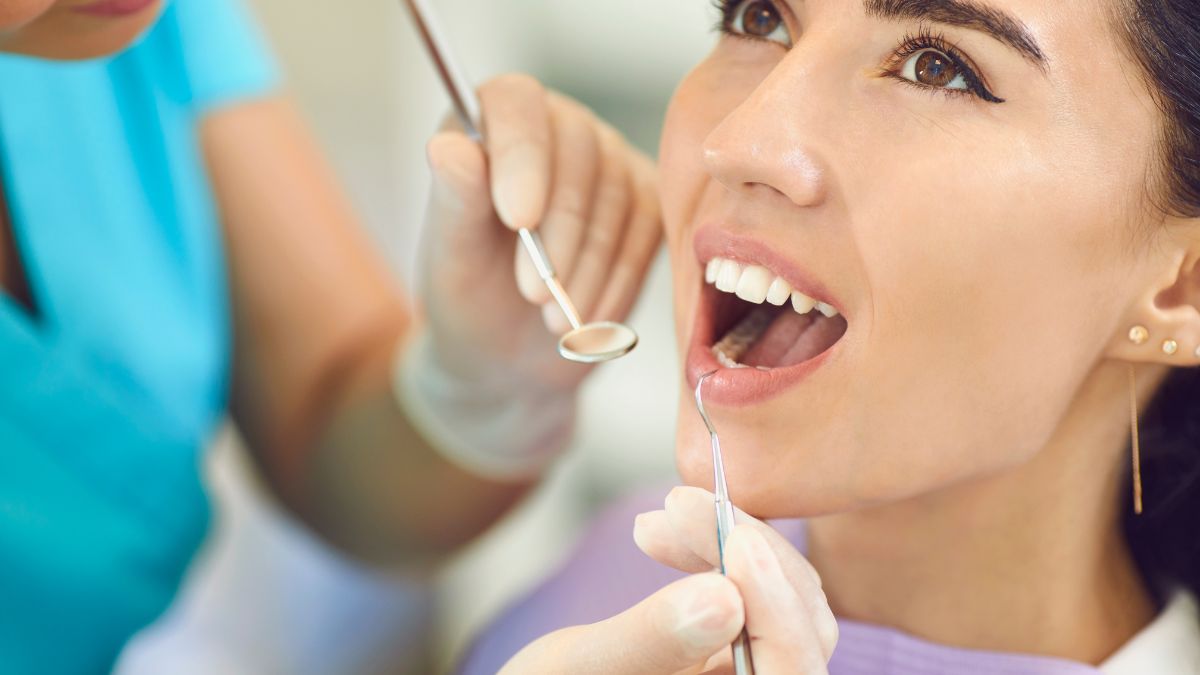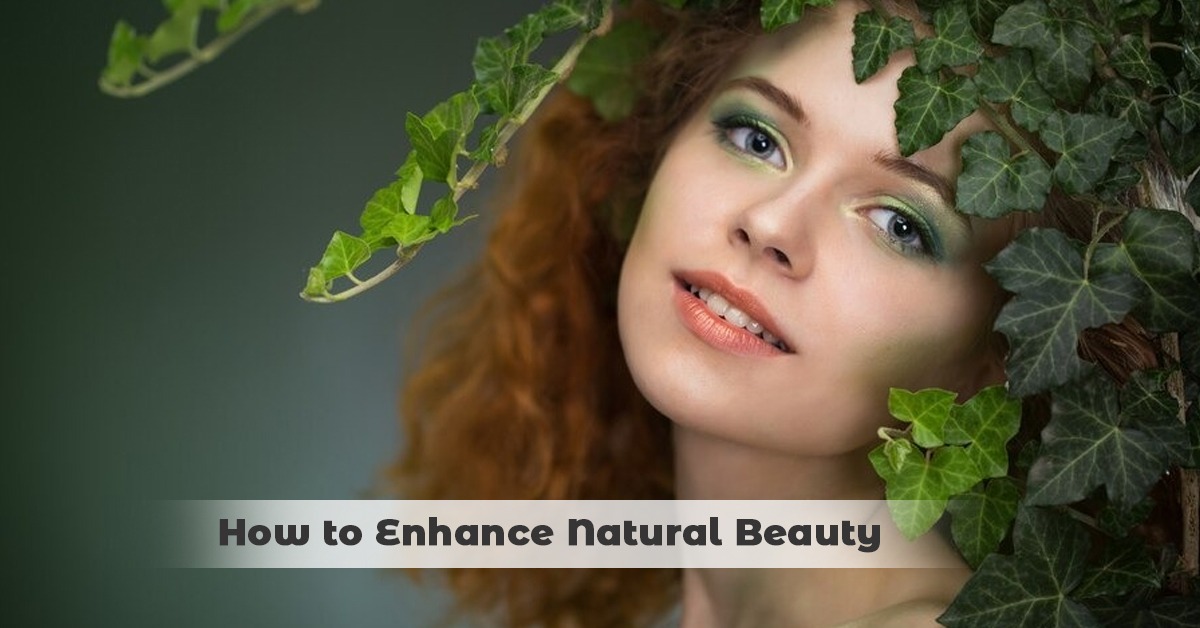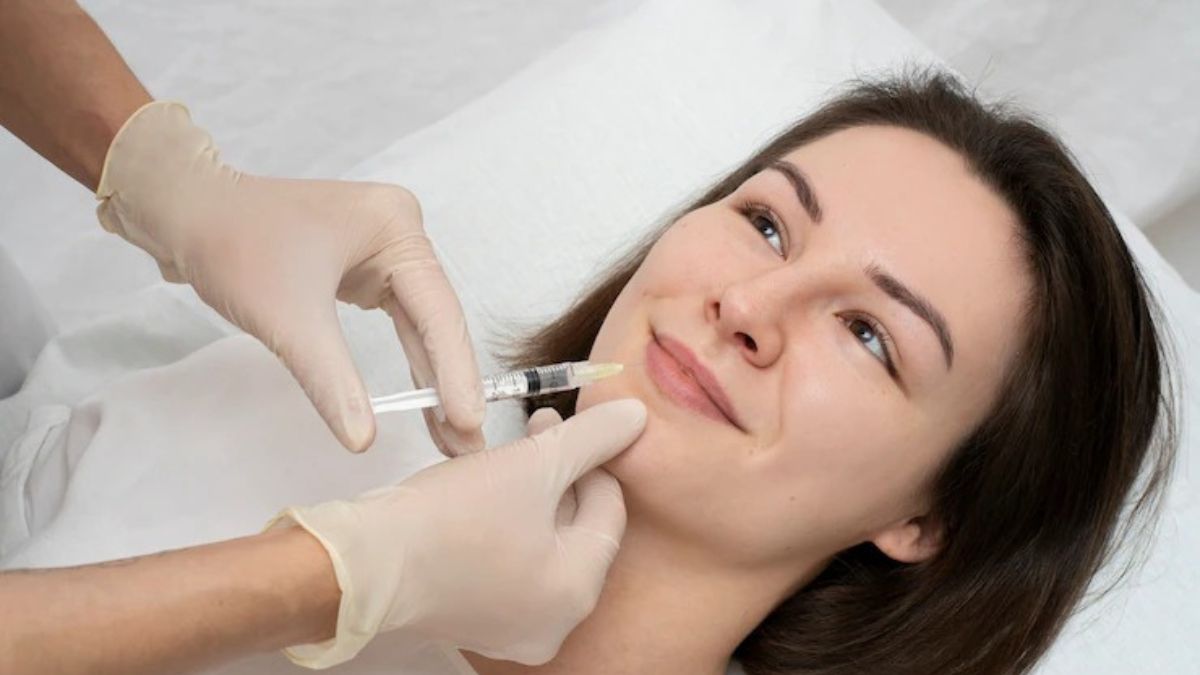Are you considering getting Botox injections? It’s important to choose the right provider to ensure safety and optimal results. That’s why we’ve put together this guide to help you make an informed decision on who should inject your Botox. From qualifications to communication skills, we’ll cover all the important factors you need to consider before choosing the best Botox service provider for your Botox injections. Let’s get started!
Why Get Botox Injections?
There are many reasons to get Botox injections, but the most common reason is to improve the appearance of wrinkles. Other reasons people get Botox injections include reducing excessive sweating, relieving migraine headaches, and treating overactive bladder. No matter what your reason is for getting Botox, it’s important to choose a reputable provider who has experience injecting Botox and who can help you achieve your desired results. if you want desired look consult Best Botox in Delhi at Facethetic Beauty.
Things to Consider When Choosing a Botox Injection Provider
There are a few key things to look for when choosing a Botox injection provider. Botox is a prescription medication that must be administered by a licensed medical professional, so make sure the provider you choose is licensed and has experience administering Botox injections. It’s also important to ensure the provider uses sterile needles and follows all safety protocols.
In addition, you’ll want to consider the cost of Botox injections and whether the provider offers any discounts or specials. Many providers offer financing options to make Botox more affordable. Finally, it’s important to choose a provider you feel comfortable with. Be sure to ask plenty of questions and get all the information you need before making your decision. if you have any other query consult best Botox in Delhi at Facethetics Beauty.
There are a few key things to keep in mind when choosing a provider for Botox injections. First, it is important to choose a provider who is experienced and knowledgeable about the procedure. Second, make sure to ask the provider about their credentials and training. Third, it is important to find a provider who offers a natural-looking result. Fourth, be sure to ask the provider about their pricing and policies. Finally, it is important to feel comfortable with the provider and their staff.
How Much Does Botox Cost?
There are a number of factors that can affect the cost of Botox injections, including the number of units injected, the size and location of the muscles being treated, and the experience of the injector. Generally, patients can expect to pay between $250 and $1000 per treatment session.
While some providers may offer discounts for multiple treatment sessions or for treatments performed close together in time, it is important to remember thatBotox is a medical procedure and should be performed by a licensed provider. Patients should be sure to ask about the credentials of their provider and make sure they are comfortable with them before proceeding with treatment.
How to Prepare for Your Botox Injection Appointment
When you’re ready to take the plunge and try Botox for the first time, or if you’re looking for a new provider, there are a few things to keep in mind. Here’s a guide on how to prepare for your Botox injection appointment:
Do Your Research:
Not all providers are created equal. Make sure you read reviews and ask around for recommendations before settling on a provider.
Ask Questions:
Once you’ve found a provider you’re comfortable with, don’t be afraid to ask questions about the procedure, what to expect, and any possible side effects.
Prepare for Discomfort:
Botox injections can be uncomfortable, but the discomfort is usually short-lived. If you’re worried about pain, ask your provider if they offer numbing cream or ice packs beforehand.
Arrive Freshly Cleansed:
Wash your face thoroughly with soap and water before your appointment so that the injector has a clean canvas to work with.
Have Realistic Expectations:
Botox won’t completely transform your appearance, but it can help soften wrinkles and give you a more refreshed look. Keep your expectations in check and you’ll be happy with the results.
After Your Botox Injection Appointment
After your Botox injection appointment, it is important to follow the instructions given to you by your provider. You may be asked to avoid lying down or massaging the treated area for a few hours after the injection. It is also important to avoid strenuous activity or exposure to heat for at least 24 hours following your appointment. These instructions are important in order to ensure that the Botox is properly distributed throughout the treated area and that desired results are achieved.
After your Botox injection appointment, it is important to follow all of your provider’s instructions. These may include avoiding lying down or rubbing the treated area for several hours after the injection. If you experience any side effects, such as headache or bruising, be sure to contact your provider.
Conclusion
When it comes to choosing the right provider for Botox injections, its important to do your research and find an experienced practitioner that you feel comfortable with. A good provider will be able to answer any questions or concerns you have about the procedure, as well as develop a personalized treatment plan based on your individual needs. By taking these simple steps, you can ensure that you get the best results from your Botox injections and look and feel rejuvenated.










